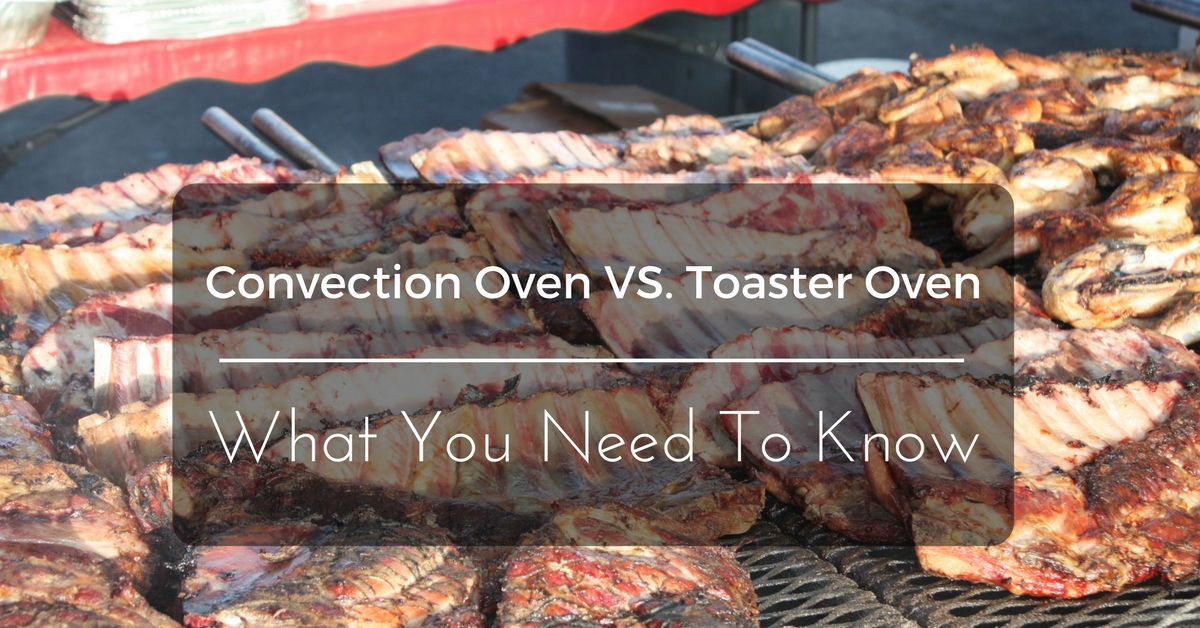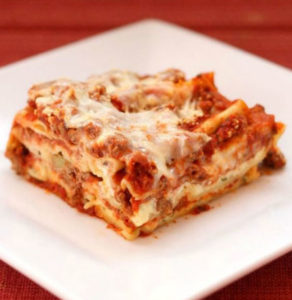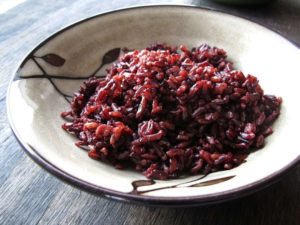Ziti and penne look so much alike that a lot of you go to the grocery store and are not really sure which to buy. The problem I have in deciding the winner of "ziti vs penne" is knowing what your dish is going to be. Those two pastas may look alike, come from the same region and even have close to the same dimensions, but they are used in vastly different ways.
The winner I have chosen is going to shock you, but before I give you my pick, I want you to learn about these pastas. You need to know where they come from, their size, their shape and the overall aesthetic. It is important to know these things about every pasta, so if you have a great sauce in mind, then you know what pasta to pair with it. You might have several boxes of penne in your cupboard, but you are unsure of the right type of sauce to make.
I am going to help make it a lot easier for you by the time you are done reading.
A Brief History of Penne
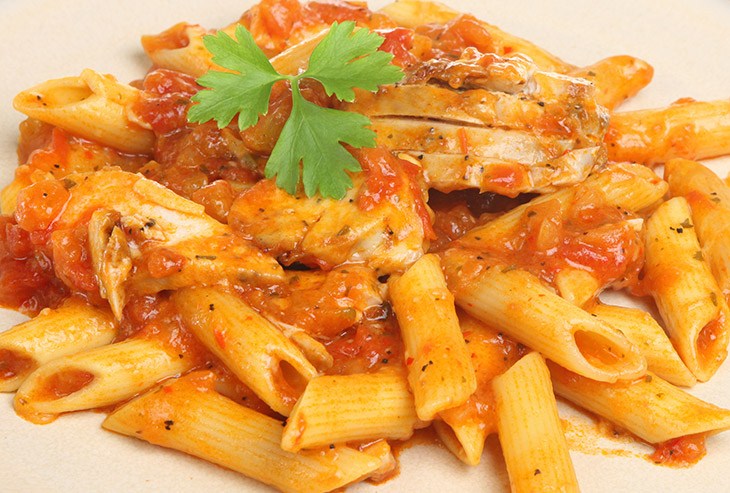
Penne was given its name because it is the plural form of the word pen. You are probably wondering why someone would name a pasta after a pen. It is because the penne pasta has a diagonal edge that resembled the quill-tipped pen. Penne is a tube-shaped pasta, and it comes from Campania. This is noteworthy because Naples is in Campania, and Italian dishes are prepared in styles with ingredients that were popular in its area of origin.
A Brief History of Ziti
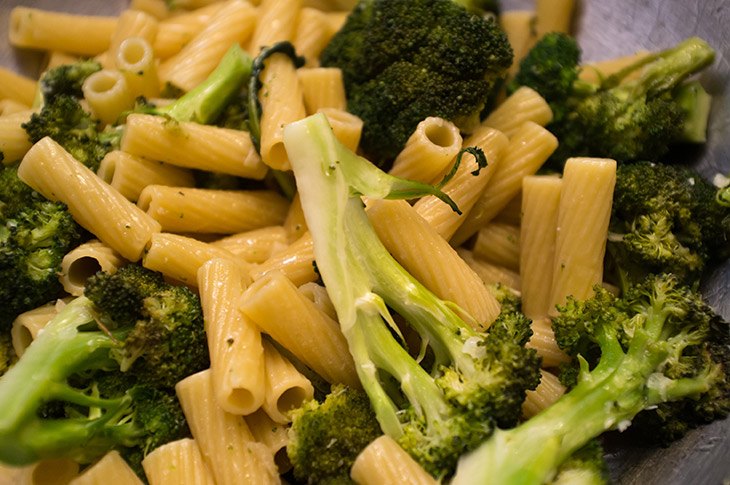
With ziti pasta, you will see a lot of similarities to penne with both being hollow and the original history, but there is one major difference in regards to its origins. Ziti originates from the word zita, and in Italian, a young woman preparing to get married was called a zita. It is almost certain zita dishes used to be made for wedding celebrations, and it is entirely possible traditional Italian families would choose to prepare ziti dishes over penne for wedding receptions or bridal showers just to show respect for tradition. Other than that difference, the origin is exactly the same.
The Physical Difference Between Ziti and Penne
Despite being so similar, there are some differences worth noting like length, ridges and other factors. It is important to remember that the smallest variation in a pasta, even if it seems imperceptible, can alter the end result of a recipe if incorrect cooking methods cooking methods are used or substitutions are made. The biggest mistake a cook can make is substituting one pasta for another in a recipe just because they look alike.
Ziti
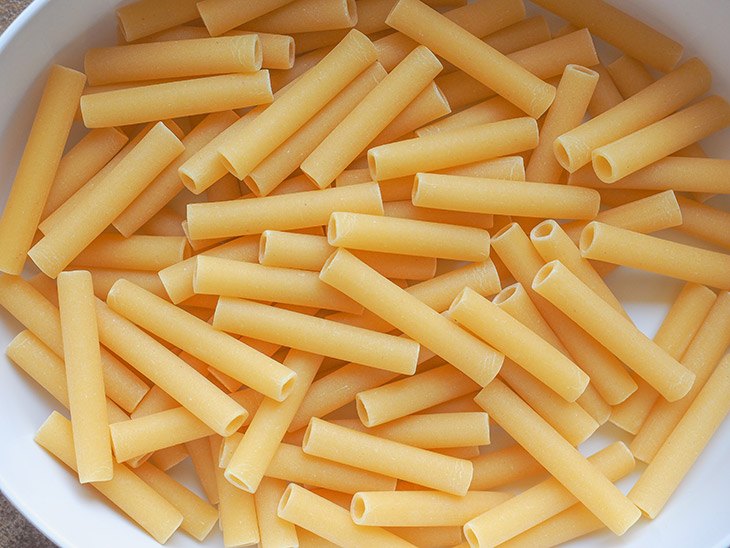
Ziti, like penne, is a long hollow tube. The texture is smooth, and the edges are cut squarely. Often, ziti is cut into smaller tubes, and they are given the unoriginal name of cut ziti. When ziti pasta is made, it is 10 inches long and about a one-quarter of an inch in diameter. It can be bought and cooked liked that, but it is rare. The ziti purchased at the store to cook at home and in restaurants is cut down to about three inches, and it maintains the one-quarter of an inch diameter.
Penne
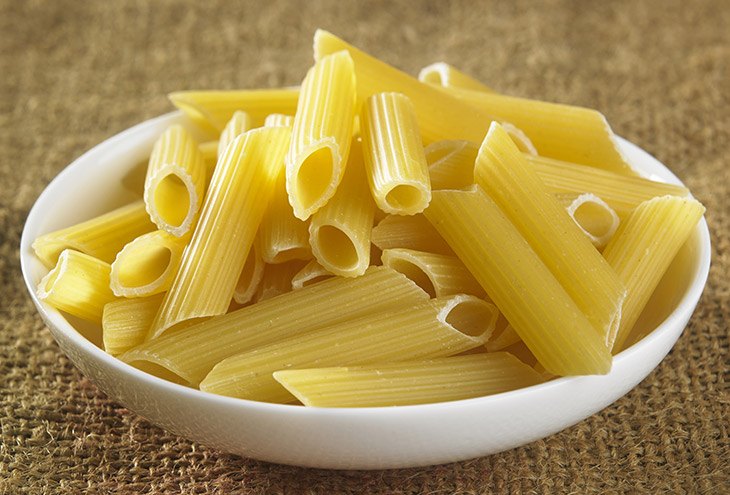
Penne is a long hollow tube. It is shorter than ziti, and the largest penne noodles are about one and a half inches in length. It is also characterized by having ridges on each side, and the top is cut at an angle.
Preparation Methods for Ziti
In Campania, ziti was a pasta used in oven-baked casseroles. Typically, the pasta is slightly undone, and the rest of the ingredients in the recipe are added on top. This creates moisture and steam, which finishes off the cooking of the pasta. It is still done the same way today. Ziti is usually used in baked dishes despite many recipes not being as eloquent as the classics.
Preparation Methods for Penne
Penne is rarely baked in Italian dishes. When it is baked, it is usually by people who mistake it for ziti. Penne noodles do well when they are boiled properly and tossed in sauce, especially creamy or chunkier sauces.

Final Thoughts on Ziti vs Penne
When most people buy pasta, they don’t know which type of pasta is ideal. Ziti and penne are forms of pasta that are frequently mistaken for one another. Making the right choice is vital for a high-quality pasta dish. To decide the winner of “ziti vs penne,” one must know the differences between them. To highlight these differences, I’m going to share each pasta’s history, physical attributes and preparation methods.
“Penne” is the plural form of “penna,” which is Italian for “pen.” The edges of penne pasta are cut at an angle, resembling a quill pen. Penne originates from Campania, Italy, which is a popular origin place for many pasta forms.
“Ziti” is derived from the word “zita.” In Italy, the word “zita” was used to describe a young bride. Ziti dishes were commonly used for weddings, and Italian families still prepare ziti for weddings to stick to tradition. Like penne pasta, ziti originates from Campania, Italy.
When deciding the winner of “ziti vs penne,” know that small variations will impact the final results. Chefs may mistakenly replace one type of pasta with another. Although they are tube-shaped and consist of the same material, there is a difference between ziti and penne.
Ziti has a smooth texture and even-cut edges. When first made, ziti pasta is ten inches long and a quarter inch in diameter, but ziti sold in grocery stores and restaurants is cut by three inches. Penne is shorter than ziti, has edges that are cut at an angle and bears ridges on its side.
I personally prefer penne because if I am going to go for a baked pasta dish, then lasagna is my favorite. I was a head chef of an Italian restaurant in the downtown area of one of the most populated cities in the Midwest, and I can count the number of times I used ziti pasta on one hand.
Personally, I think penne might be the most useful pasta there is. The noodles can be tossed in any simple sauce for a side dish, and I know about a hundred sauce recipes where penne would be the perfect pasta. It was not long ago I wrote a recipe article for making the easiest and best spaghetti with jarred or canned sauce, and I joked it might have been the dish that made her love me, but she reminded me I made a unique Penne Carbonara the next day. I am a great cook, but I doubt I could make anything like the caliber of my Penne Carbonara with ziti.
In the debate of ziti vs penne pasta, consider preparation methods. Oven-baked pasta dishes commonly use ziti for its absorbent texture. Undercooked ziti is placed with other ingredients in an oven, and the steam produced will soften the pasta. Because of the ridges on its side, penne is perfect for thick, creamy sauces. Penne is rarely baked, unless the cook confuses penne for ziti.
Thank you so much for reading, and if you have any comments or questions, we would love to see them in the comment section below.
Sources
http://justindunham.net/understanding-some-of-the-differences-between-pasta-shapes/
http://pastafits.org/pasta-dictionary/
http://www.differencebetween.net/object/comparisons-of-food-items/difference-between-ziti-and-penne/




